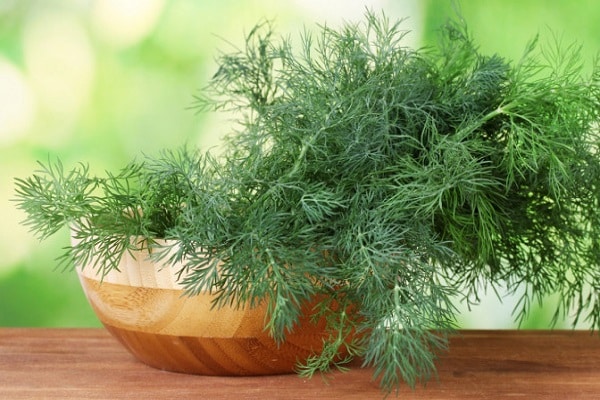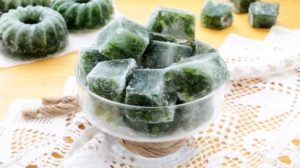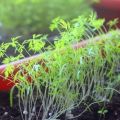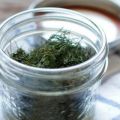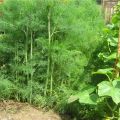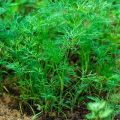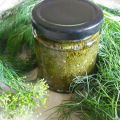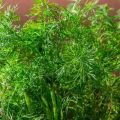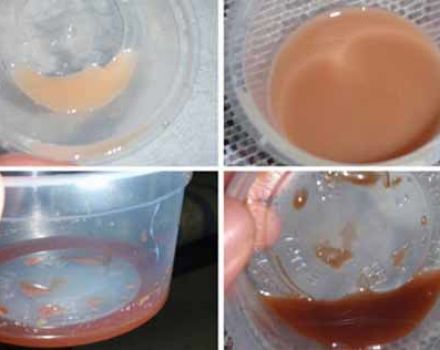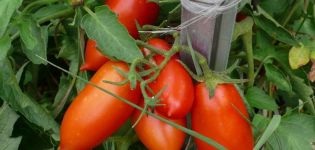The reasons why dill grows poorly in the garden and what to do
Greens are most often grown in home gardens, but sometimes problems arise and the plants grow poorly despite the efforts of gardeners. Why doesn't dill grow in the open field in the garden? There are many reasons why this happens. Compliance with all the rules of agricultural technology and the peculiarities of growing dill will allow you to enjoy fresh greens all summer.
Content
- 1 The main reasons why dill does not arise and does not grow in the garden?
- 2 Landing errors
- 3 Seat selection
- 4 Area illumination
- 5 Bad soil
- 6 Bad seeds
- 7 Incorrect fit
- 8 Care errors
- 9 Watering mode
- 10 Top dressing
- 11 Diseases and pests of dill
- 12 How to accelerate the germination and growth of dill?
- 13 Planting late varieties
The main reasons why dill does not arise and does not grow in the garden?
Dill is an annual plant. Each year, new beds have to be sown in order to use fresh herbs for cooking throughout the season. But in some cases, dill grows poorly, although there is no apparent reason for this.
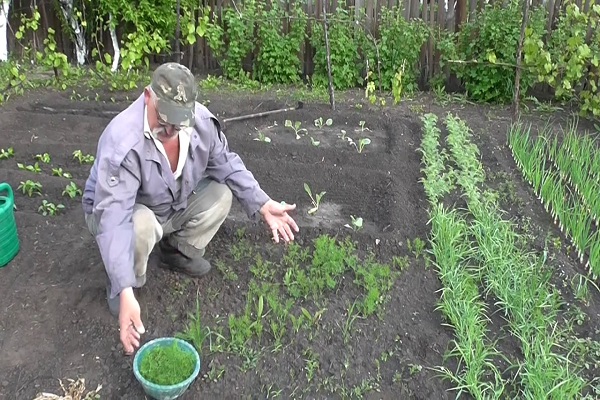
The reasons why it grows poorly on the site:
- Increased soil acidity.
- Barren and poor soil.
- Bad seeds.
- Improper cultivation and care.
- Poor quality planting material.
- Incorrect planting technique.
- Unfavorable weather conditions.
- Excess or lack of nutrients in the soil.
All these factors lead to the fact that greens grow poorly or do not germinate at all. Having decided the main reason why dill does not grow, it will be possible to grow a good harvest and prepare fresh herbs for the winter.

Landing errors
Errors during sowing of planting material are most often the reasons for the lack of seedlings or poor growth of greenery. At the planting stage, the foundation for the future harvest is laid, so it needs to be given as much attention as possible.

Seat selection
The first thing to start with when growing dill is choosing a place for the beds. The culture is one of the most unpretentious in the country and you can plant it almost anywhere. The plant is cold-resistant, the planting material begins to germinate at a temperature of +3 degrees.
Prefers to grow in open, sunny areas. Greenery needs a lot of light for the sprouts to germinate and develop normally. The stems and leaves take on a beautiful emerald hue and strong aroma. Conditions are considered ideal when the plants are in the sun for at least 12 hours.
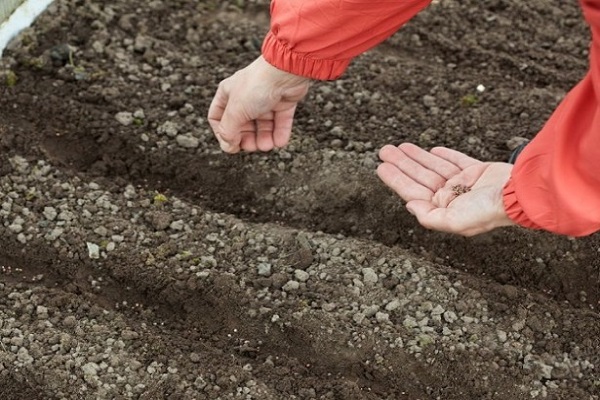
The second important factor is fertile soil. On poor soils, dill does not grow and develop well. If the soil is infertile, then mineral or organic fertilizers are introduced into the ground before planting.
Area illumination
For normal growth and development, dill needs most of the day in the sun.If there is not enough sunlight, then the leaves begin to turn yellow, and the stems become thin. Such greens are not suitable for human consumption. Therefore, you should not make beds under the crown of tall shrubs and trees, but give preference to open sunny areas.

Bad soil
Poor soil is the second common reason greens grow poorly. If the soil is infertile, then during the digging of the soil in the spring, manure or chicken droppings are introduced into it. Or apply mineral fertilizers in the fall.

Bad seeds
An important factor is the choice of planting material. If the seeds are of poor quality, then even observing all the necessary growing conditions, it will not work to grow a good harvest. It is best to collect seeds from dill that has already grown on the site and store them correctly until summer. They should not be exposed to moisture and lie in open sunlight.
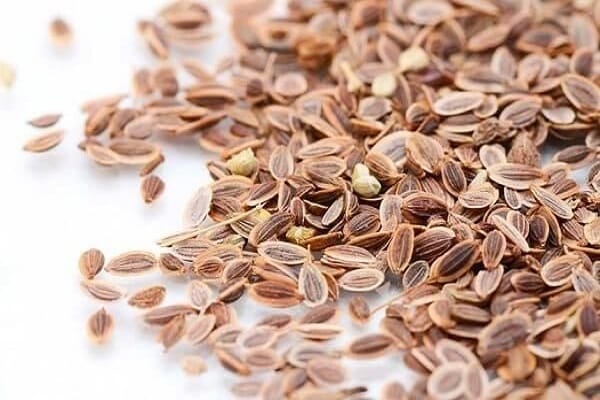
Incorrect fit
The future yield depends on the correct planting of seeds. Errors when planting seeds in open ground:
- Throw sprouted seeds strongly into the soil. This damages the shoots, and the seeds do not germinate.
- Moisten the soil before planting seeds. It is not recommended to plant planting material in dry soil.
- You need to plant seeds several times at intervals of 2 weeks.
- It is not recommended to make deep seed grooves.
- Do not use a lot of fertilizer before planting dill.
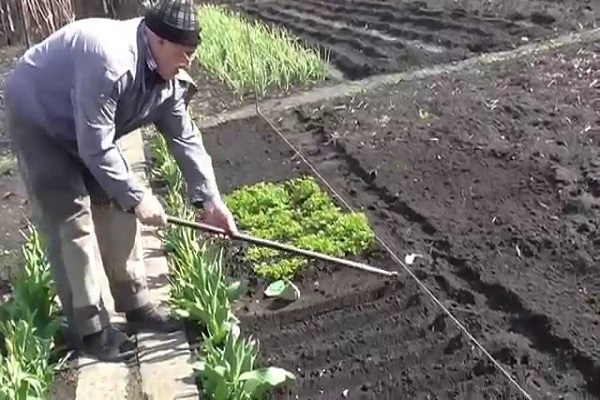
By avoiding these mistakes in cultivation, there will be no problems with the growth of greenery.
Care errors
Errors in the care of greens are often the reason why dill stops growing. The culture belongs to the unpretentious, so there should not be any special difficulties in leaving.
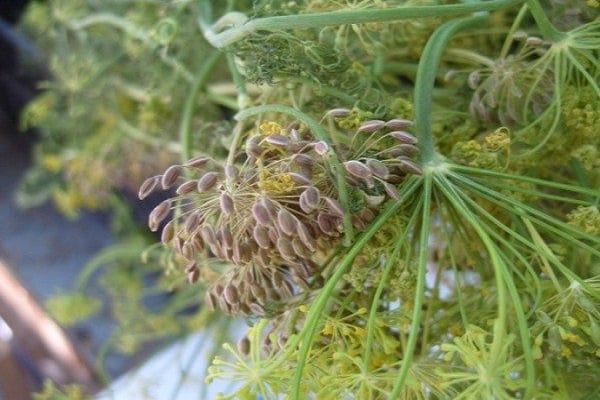
Watering mode
Greens need to be watered 2-3 times a week. It is impossible to overly moisten the soil, dill begins to grow poorly and rots at the base of the stem. If the weather is hot for a long time, then the beds are watered every day.

Top dressing
To obtain lush greenery, the beds are watered with humus. For 1 sq. m requires half a bucket of fresh humus. Mullein diluted with water is also used. Before planting seeds in open ground, mineral fertilizers are applied to the beds. 29 g of urea, 20 g of superphosphate and 15 g of potassium salt are added to the soil.

Diseases and pests of dill
Common diseases of dill are powdery mildew, peronosporosis, black leg and phomosis. The plant begins to hurt when watering with cold water. If a white bloom appeared, the leaves began to turn yellow, and the stem rotted, then an urgent need to start fighting diseases.
The bushes are sprayed with soapy water or soda diluted with water. Effective use of potassium permanganate.
Most often, aphids appear. To prevent the appearance of aphids, the beds are made in open areas. It is undesirable to thicken the plantings strongly. Nearby, you need to plant marigolds, chamomile or mallow distracts aphids from dill. Aphids do not tolerate the odors of these plants and do not appear on dill.
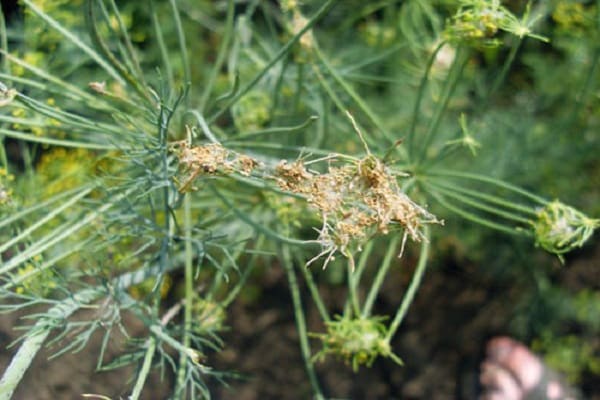
How to accelerate the germination and growth of dill?
You can speed up the emergence of seedlings in the open field by first germinating the seeds. To do this, they are placed in damp gauze and placed in a warm, dark place. As it dries, the gauze is sprayed with water. After a few days, shoots begin to appear. After that, they start planting in the ground.
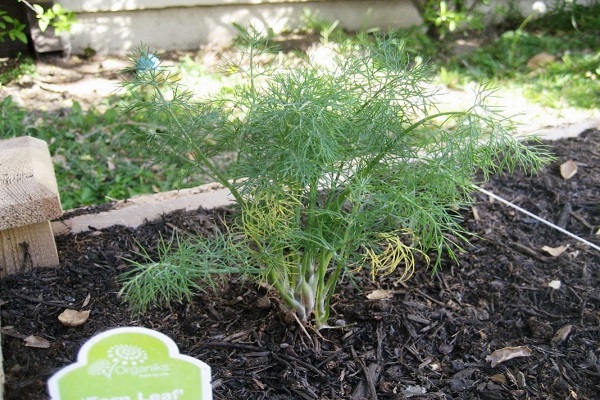
Planting late varieties
The advantage of the late varieties is that the dill does not throw out umbrellas and you can cut juicy greens until autumn. Late varieties are planted in late May - early June and harvested until autumn. Popular varieties are Alligator and Mischievous.
